Still Ignoring Heavy Clubs? Big Mistake!

Ever feel like your workouts just… miss something?
The reps are done. The sweat is real. But you’re not feeling stronger, more stable, or even more coordinated. That’s because most modern training methods ignore one of the most ancient, effective, and holistic strength tools ever created — the Heavy Club.
This isn’t a gimmick.
This is raw, rooted strength training that dates back centuries. Used by warriors, wrestlers, and martial artists in ancient Persia and India, heavy clubs were more than just training tools — they were the secret to surviving battle and building unbeatable physical control.
Still not convinced? Here’s what’s wild:
Most shoulder injuries, grip weaknesses, and even poor core engagement stem from lack of movement variety. Heavy club training fixes that — fast. It builds muscle, yes. But it also rewires your brain, boosts balance, improves coordination, and unlocks full-body power you didn’t know you had.
And if you think this sounds old-school?
Wait until you see how we’ve modernized it at Dutch Flow Academy — combining Persian Meel, Clubbell, and Mugdar traditions into one seamless system that delivers real results.
Let’s dive into the why, how, and holy-wow behind this tool… and how it might be the only piece of equipment your training is missing.
Heavy Clubs Do What Barbells Can’t
Barbells are great. Dumbbells? Sure. Kettlebells? Love them.
But Heavy Clubs offer a training effect those tools can’t touch — especially when it comes to the shoulders, core, grip, and brain.
This isn’t just about building muscle. It’s about building a body that moves better, reacts faster, and stays injury-free longer. And that starts with movement that actually mimics how your body works in real life — not on a fixed machine.
So what makes heavy club training so different?
Here’s the breakdown:
- Total Shoulder Engagement
Your shoulder isn’t designed for one-direction presses. It’s a floating joint that needs 3D movement. Heavy clubs activate front, rear, side delts, plus deep stabilizers like the rotator cuff, and even the lats — all in one fluid motion. - Built-In Core Activation
Every swing throws your body off balance. And every muscle in your midsection has to fire to keep you upright. This isn’t crunches. This is real-world core power. - Next-Level Grip Strength
You’ll feel it within minutes. Your hands, wrists, and forearms work overtime to control every rotation. This improves not just strength — but control, precision, and endurance in everything you do. - Functional Strength with Real Carryover
This is strength that shows up in martial arts, in sport, in life. The movement patterns mimic swordplay, shield work, grappling, and even throwing — things your body understands, even if your gym routine doesn’t. - Brain Gains
Heavy club work isn’t passive. It’s coordinated, complex, and cognitively rich. Your brain builds new neural pathways as you swing — boosting mental clarity, focus, and motor skills.
And that’s just scratching the surface.
Our system blends techniques from Persian Meel, Mugdar, and Clubbell training — plus modern rehab, movement flow, and sports performance science — into a full-body method that scales from beginner to beast at Dutch Flow Academy.
And it all starts with your shoulders and spine, unlocking movement you forgot you even had.
Ancient Tools, Modern Power — The Global Origins of Heavy Clubs
Before gym memberships, before kettlebells… heavy clubs were already sculpting warriors.
This isn’t a new trend. It’s ancient wisdom rediscovered — and the roots run deep.
The Persian Meel
Step inside a Zurkhaneh, a traditional Iranian training temple, and you’ll find rhythmic drumming, synchronized movement, and men swinging wooden clubs the size of tree trunks. These are Persian Meels — perhaps the oldest form of strength training ever recorded.
They weren’t just lifting for aesthetics. They were preparing for combat, wrestling, and resilience. The practice built shoulders, lats, grip, coordination, and perhaps most importantly — community. Everyone trained in rhythm, bound by tempo and tradition.
And they started young. Small meels for beginners, heavier ones for veterans. Creativity was encouraged. Movements included juggling, turning, even combinations that mirrored battle drills. The entire body was shaped — physically and mentally.
The Mugdar of India
Travel east, and you’ll find a similar yet distinct tradition.
In India, Mugdars — heavy wooden clubs — were part of a warrior’s journey. Wrestlers trained in akhadas (training pits) using single and double clubs. Their swings weren’t for show. They mimicked real-life combat, sharpening timing, flow, and body awareness.
In the north, clubs were massive, sometimes studded with nails. Movements could be front-facing or wrapped over the shoulders in fluid arcs. Each region had its rhythm, its culture, its signature style. But the goal was always the same — to forge strength that endures.
The Western Twist
It didn’t take long for the West to catch on.
British soldiers stationed in India saw the power of Mugdar training firsthand. They brought the idea home and named the tools Indian Clubs. Lighter versions were developed. Manuals were written. The concept spread across Europe and America.
By the 1800s, club training was a staple in military academies and athletic clubs. Over time, steel versions — like the modern Clubbell — entered the scene, bringing the same ancient mechanics into new-age fitness.
That legacy never died. It just got buried under bench presses and cable machines. Now it’s roaring back — and this time, it’s being taught with precision, structure, and purpose.
How Heavy Clubs Rewire Your Brain and Body
This isn’t just training for the muscles you see. It’s rewiring the system that controls everything — your mind-muscle connection, coordination, and internal focus.
Every swing creates a cascade of feedback. Your brain tracks the weight, predicts its path, adjusts posture, and rebalances you — all in real time. This constant recalibration doesn’t just improve performance. It makes your brain more adaptable.
You build new neural highways
Your brain isn’t static. It craves complexity. Heavy club swings aren’t repetitive presses. They move in circles, spirals, and waves — motions that force your brain to create new movement maps. Every pattern becomes a mental puzzle your body must solve.
That’s called neuroplasticity. And the more you swing, the more you train your brain to move faster, think clearer, and react with precision. This improves athletic performance, prevents burnout, and enhances longevity.
Both sides get stronger — and smarter
Most of us are lopsided. One hand does the writing, one foot leads the climb, one arm always lifts more. Heavy clubs challenge that imbalance.
By working both sides equally, especially with two-club flows, you engage your non-dominant hemisphere. That’s the part responsible for creativity, emotion, and intuition. Over time, you don’t just get stronger — you gain access to skills you rarely train: spatial awareness, emotional balance, and deeper body control.
Coordination becomes automatic
In heavy club training, no two reps feel identical. The weight shifts. The arc adjusts. Your posture and footwork adapt with every swing. Over time, your body learns to respond before you think — a level of coordination most athletes never reach.
That’s where movement turns into mastery. You don’t just train harder. You move better, more efficiently, and more powerfully — without overthinking.
It relieves stress — and builds focus
There’s rhythm in swinging. There’s calm in repetition. But there’s also a kind of moving meditation that happens when your whole system is engaged. Many users report lower anxiety, sharper focus, and better mood after even short sessions.
You’re grounded. Present. Connected. No screens. No distractions. Just your breath, your swing, and your awareness.
You train the brain to stay young
The science is clear: new movement patterns slow brain aging. They protect memory, build focus, and combat mental fatigue. That’s why tools like heavy clubs — especially when taught in a progressive system — can support long-term brain health.
So while your shoulders get stronger and your grip improves, your brain is also benefiting in ways few other workouts can deliver.
Target Every Inch — The Muscles You Didn’t Know You’re Missing
If you think heavy clubs only work the arms, you’re in for a surprise.
This is full-body training in its rawest, most natural form. Every muscle gets involved — not in isolation, but as a coordinated unit. That’s the magic. The clubs force muscles to communicate, support, stabilize, and recover, all in one fluid motion.
Shoulders: Mobilized, Stabilized, Fortified
The shoulder joint is complex — it floats more than it locks. And because it’s held together mostly by muscle, not bone, it needs smart training. Heavy clubs give it just that.
The circular and diagonal paths of the swings activate front, side, and rear delts, while engaging deep support muscles like the rotator cuff and serratus anterior. You’re not just moving your arms. You’re reconditioning a fragile, overused joint for long-term health.
Traditional lifts push or pull in straight lines. This does something entirely different. It prepares your shoulders to handle life — and load — from any direction.
Arms: Grip, Tension, and Control
Most people underestimate how much forearm and grip strength they actually need. Until the first club session.
Controlling a long, offset weight challenges your grip like no barbell ever will. The triceps stabilize each backswing. The biceps pull through the front arc. Even your wrists, knuckles, and finger joints are constantly adapting to the club’s shifting leverage.
And it doesn’t stop there. Your hands learn to adjust pressure. Your nervous system learns when to tighten and when to release. This level of tension control is rare — and incredibly transferable to other lifts, sports, and real-world tasks.
Core: Real Stability, Not Surface Abs
Forget crunches. Forget planks. This is 360-degree core work that happens automatically — because it has to.
Every swing pulls your body off-center. Your core fires to pull you back into alignment. That’s deep strength — in the obliques, transverse abdominis, spinal stabilizers, and even the glutes. You’ll feel sore in muscles you didn’t know existed.
Better yet, the strength you build shows up in everything else you do. Running. Lifting. Martial arts. Life. Real-world movement doesn’t happen lying on the floor. It happens upright, under tension, in motion.
Posterior Chain: The Hidden Engine
Your back, lats, glutes, and hamstrings aren’t just along for the ride. They drive every swing.
Controlling the downward arc, resisting rotation, and pulling the club back up all recruit your posterior chain. And because the clubs force you to hinge, rotate, and reset — you’re loading those muscles through a full range of motion.
It’s not explosive like a deadlift. It’s deeper. More controlled. More honest. And it gives your spine the movement it’s been craving.
Balance, Alignment, and Joint Integrity
Every joint matters here. Ankles stabilize. Knees track movement. Hips rotate. Elbows guide. The club becomes an extension of your arm — and if your structure isn’t aligned, you’ll feel it fast.
This forces your body to fix itself. You move better. Stand taller. Feel more connected. And the best part? It’s not something you have to think about. The tool takes care of it — you just have to show up and swing.
What Makes Heavy Clubs So Unique and So Effective
There’s a reason heavy clubs have survived thousands of years — and it’s not nostalgia.
This is one of the most underrated, misunderstood, and undervalued tools in fitness. While barbells, kettlebells, and dumbbells have dominated modern gyms, heavy clubs quietly deliver results in areas those tools can’t touch.
Here’s why they’re in a league of their own:
1. Offset Load = Next-Level Muscle Activation
The weight isn’t balanced. That’s intentional. The club’s mass is concentrated far from your grip, which means your muscles must fight torque and rotation through every phase of the swing. This wakes up stabilizers that straight-bar training leaves behind.
2. Circular and Spiral Patterns
Where most tools move in straight lines, clubs move in circles. That activates your shoulders, spine, and hips in multiple planes. You’re not just building strength — you’re improving joint health and mobility, simultaneously.
3. Real-Time Adaptation
Every swing changes. Every rep demands adjustment. You’re forced to listen to your body, recalibrate, and refine — which builds responsiveness and self-awareness at a deep level.
4. Unmatched Shoulder Health
Shoulder rehab specialists use similar patterns for recovery. Clubs gently restore mobility while also building strength. The swing loosens tight joints, realigns posture, and reinforces stability through motion.
5. Built-In Mindfulness
Heavy clubs aren’t something you can half-focus on. You’re in it — physically and mentally. The rhythm, flow, and concentration required turn your session into a moving meditation, relieving stress while sharpening focus.
6. Symmetry Through Dual Tools
Most people train their dominant side harder — even without realizing it. Clubs fix that. Using two equal tools forces symmetry. Both sides fire, both sides grow, and your balance improves dramatically.
7. Better Than Maces for Many Goals
Steel maces are fantastic. But heavy clubs offer more versatility, especially when using two at once. You can juggle. Rotate. Change tempo mid-flow. The offset handle also reduces wrist stress — giving you control and precision with less strain.
8. More Control Than Kettlebells
Kettlebell swings are explosive and powerful. But clubs give you finer control through each arc. You build strength through deceleration, which is critical for joint integrity and injury prevention.
9. High Output, Low Impact
You’ll sweat. You’ll burn. But your joints won’t suffer. Unlike barbell training, which compresses the spine and over-stresses tendons, clubs move with your body’s natural rotation — making this tool ideal for longevity.
10. Space-Efficient and Portable
You don’t need racks or platforms. One or two clubs, a few feet of space, and your body — that’s it. Perfect for small home gyms, travel workouts, or anyone wanting real results without big equipment.
11. Built for Flow and Skill Progression
The deeper you go, the better it gets. You can learn single swings, then combos, then full flows. The journey never ends — and that’s exactly what keeps your brain and body engaged for the long haul.
12. Cross-Training Benefits
Whether you lift, run, fight, or flow — clubs support it. They make your shoulders more mobile, your core more stable, and your grip nearly unbreakable. The carryover into other sports and disciplines is massive.
13. Creative and Expressive
Training doesn’t have to be rigid. With clubs, movement becomes art. You can invent flows, challenge coordination, and create patterns that feel more like dancing with weight than grinding through sets.
14. Encourages Long-Term Practice
Tools you enjoy are tools you keep using. Heavy clubs feel good. They’re fun. They’re constantly evolving. And that means you’re more likely to keep showing up — which leads to real transformation over time.
Avoid These Common Club Mistakes
Heavy clubs might look simple. But make no mistake — technique is everything.
Without proper guidance, you’re not just missing results. You could be reinforcing bad habits or even setting yourself up for injury. Just like barbell snatching or martial arts, this style of training demands respect, patience, and structured learning.
Here’s what most beginners get wrong — and how to fix it:
1. Overgripping the Handle
Holding on for dear life? That’s a rookie move. Yes, grip is important — but tension should shift. You need to learn when to tighten and when to relax. Constant overgripping tires the forearms and leads to sloppy swings.
Fix: Focus on a balanced grip. Allow the club to flow. It’s a conversation, not a tug of war.
2. Using a Club That’s Too Heavy
Starting too heavy kills your form. Your joints struggle. Your flow breaks. And worst of all, your brain doesn’t get the chance to learn the mechanics properly.
Fix: Start light. Let your nervous system adapt. You’ll go heavier soon — and it’ll feel effortless when you do.
3. Neglecting Posture and Setup
If your spine isn’t stacked and your feet aren’t grounded, everything up the chain suffers. Many people swing with unstable bases, bent wrists, or rounded shoulders — and wonder why it feels off.
Fix: Own your stance. Anchor your feet. Stack your ribs over hips. Keep your spine tall. Great movement begins with a solid foundation.
4. Swinging With the Arms, Not the Body
This isn’t an arm exercise. It’s a full-body rotation. When you isolate the movement to your elbows or shoulders, you miss the real power of the swing — and your range becomes limited.
Fix: Think of the club as an extension of your spine. Let your hips, ribs, and breath guide the motion.
5. Skipping the Fundamentals
Jumping straight into complex flows without mastering basics is a quick way to plateau — or get hurt. The best movers in the world always go back to fundamentals.
Fix: Master the core swings first. Front swings, back swings, circles, and figure-eights. Nail the basics before you build combinations.
6. Ignoring Shoulder and Elbow Position
If your elbows flare, wrists bend awkwardly, or your clubs crash on every swing — your joints are under stress. Over time, this creates wear and tear injuries.
Fix: Train with intention. Keep elbows in control. Move with precision. Don’t just swing — sculpt every rep.
7. Not Having a Progression Plan
Clubs aren’t random. The flow might feel freeform, but real progress comes from structured training. Each skill builds into the next. Without guidance, your growth stalls.
Fix: Follow a system that teaches you how to swing correctly, what to focus on, and how to advance over time. That’s where real transformation happens.
Proper coaching is non-negotiable, whether you’re a complete beginner or someone looking to sharpen technique. It’s the difference between swinging a tool… and unlocking your body’s potential.
And this is exactly why we teach clubs the way we do.
The System That Turns Swings Into Skill
You’ve seen what heavy clubs can do.
You’ve felt the excitement. The challenge. The curiosity.
But none of that matters if you’re guessing your way through it. Real progress doesn’t come from random swings. It comes from a system that teaches precision, progression, and purpose.
That’s where everything changes.
One Method. Multiple Traditions. Full Spectrum Strength.
Our approach brings together the best elements of Persian Meel, Indian Mugdar, and modern Clubbell mechanics — refined into one structure that’s accessible, progressive, and seriously effective.
You’ll move through levels step by step. You’ll build control before complexity. Power before speed. And flow before fatigue.
Every course is designed to help you move smarter, swing better, and build a lifelong practice that feels good every time you pick up the clubs.
Start Here — Heavy Club 101
This is where your foundation begins. You’ll learn:
- Core swings that build grip, shoulder stability, and flow
- Safe technique for both single and dual-club training
- Breathwork, posture, and control mechanics
- How to use rhythm and tempo as strength tools
No experience needed. Just willingness to learn.
Ready for More? Step Into Level One
Once the basics are dialed in, Level One takes things further:
- Combinations of swings that link together seamlessly
- Deeper shoulder rotation and range expansion
- Integration of footwork and spinal mechanics
- Progress tracking and performance goals
It’s where coordination meets control — and where your movement starts to feel instinctive.
The Master Key — Heavy Club 6
If you’re serious about mastering heavy club flow, this course changes everything.
Heavy Club 6 breaks down the Figure 8 — one of the most dynamic and powerful movements in club work — into digestible pieces. Over six weeks, you’ll develop:
- Complete directional control (parallel vs crossing)
- Differentiation between pulls, swings, and arcs
- Fluid transitions between front and back patterns
- Full-body integration that turns reps into flow
By the end, you’ll not only move better — you’ll understand why you move the way you do.
No Guesswork. Just Results.
Every movement is taught clearly. Every lesson stacks on the last. And you’re never left wondering what comes next.
This isn’t about being perfect. It’s about building skill over time — and creating a relationship with your body that keeps evolving.
Because once you swing with awareness, everything else starts to change too.
Still Ignoring Heavy Clubs? Here’s Why You’ll Regret It
You’ve tried programs that made you sore. Maybe some even made you stronger.
But how many made you move better, think sharper, and feel more alive?
That’s what heavy club training unlocks.
This isn’t just about building bigger muscles. This is about restoring movement that modern life took away. Rebuilding coordination that machines forgot to train. Reclaiming strength that actually works — in your body, in your breath, in your brain.
You’ll feel it in your grip.
You’ll feel it in your spine.
You’ll feel it in your shoulders, your core, your posture, your focus — even your mindset.
And it starts with a swing.
But do it the right way.
Because this tool only works if you understand it. That’s why the course system was built — not to impress, but to empower. You won’t just follow moves. You’ll understand every arc, every transition, every flow — and why it matters for your body.
So here’s your choice:
Keep training the way you always have.
Or step into something deeper, smarter, and more human.
📌 Get started with Heavy Club 101
📌 Level up with Heavy Club
📌 Train with tools your ancestors used — with the science your body deserves
The world’s strongest, most mobile, most aware movers? They’re already swinging.
Why not you?

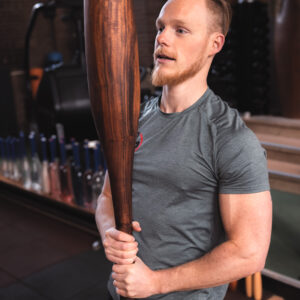

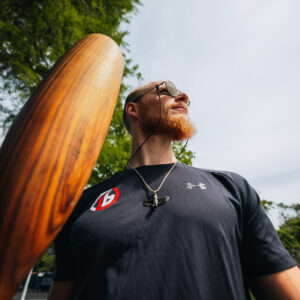


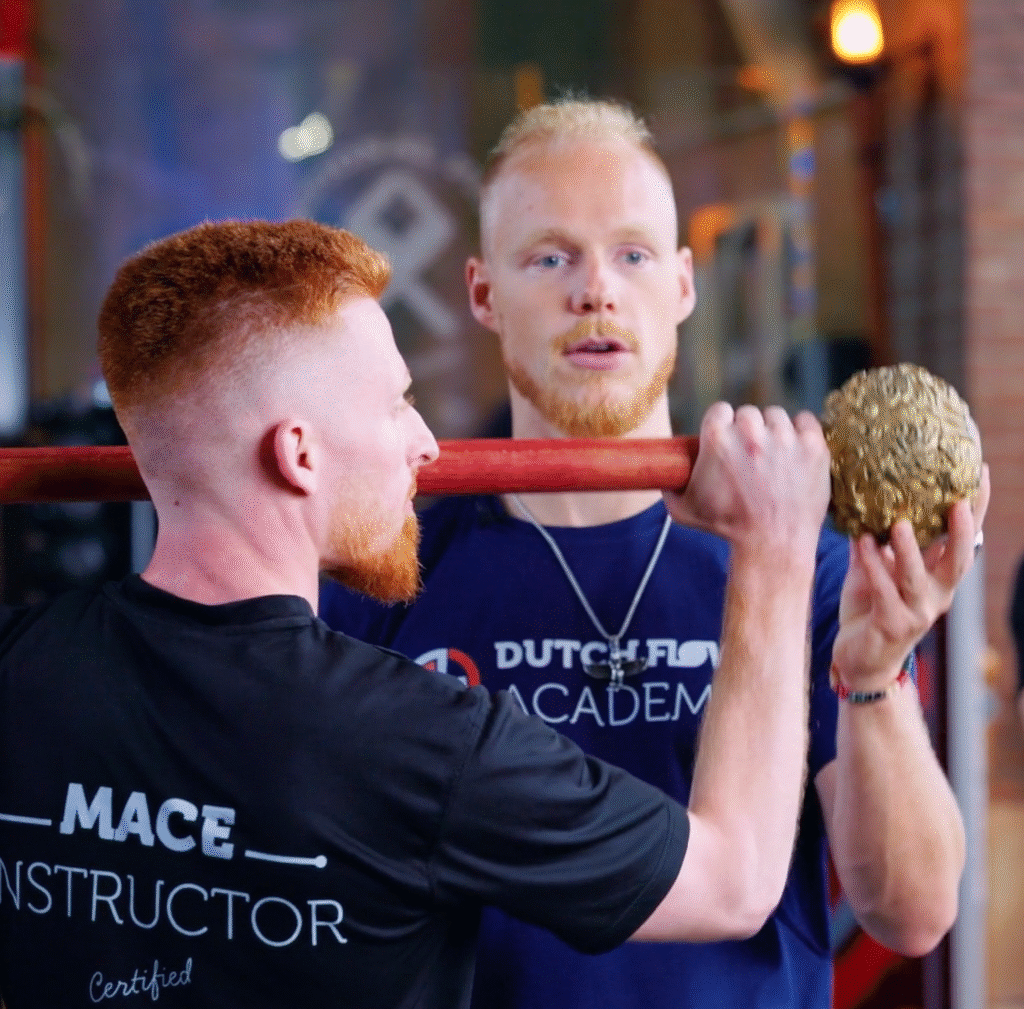
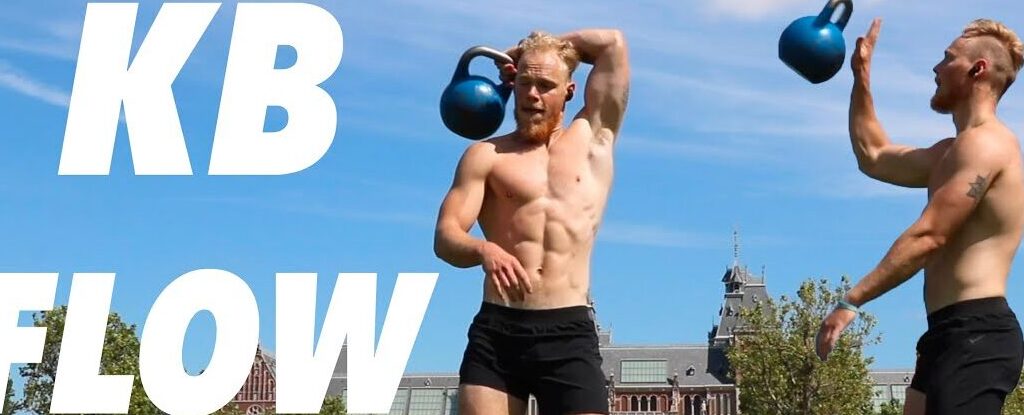
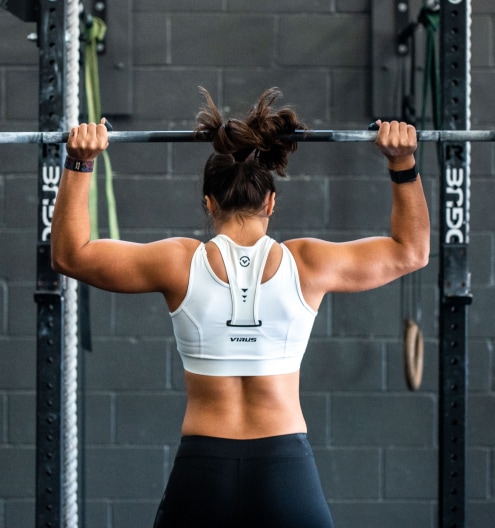
Responses